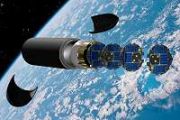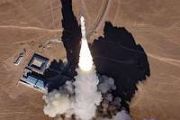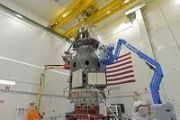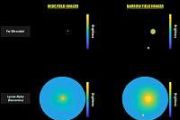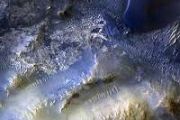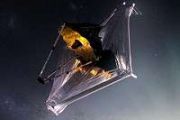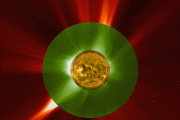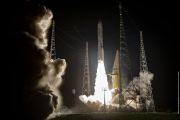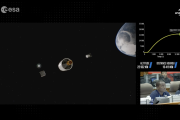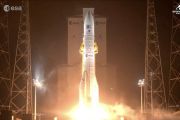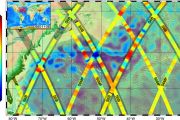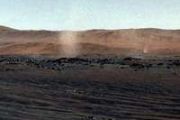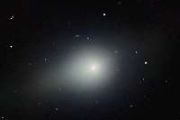
Copernical Team
Mars 2020 - a virtual visit to Jezero Crater
 Today, on the evening of 18 February 2021, NASA's Mars 2020 mission has safely landed the rover 'Perseverance' in Jezero Crater at 21:55 (CET). With these image products, the landing site of the most powerful of all Mars rovers to date can be explored on screen. The interactive map of Jezero Crater was created by researchers at Freie Universitat Berlin (FUB) using pre-processed data acquired by
Today, on the evening of 18 February 2021, NASA's Mars 2020 mission has safely landed the rover 'Perseverance' in Jezero Crater at 21:55 (CET). With these image products, the landing site of the most powerful of all Mars rovers to date can be explored on screen. The interactive map of Jezero Crater was created by researchers at Freie Universitat Berlin (FUB) using pre-processed data acquired by Mars landing will mark many firsts in space exploration
 NASA's planned landing of the Mars rover Perseverance at 3:55 p.m. EST Thursday will begin a process to advance exploration and understanding of the Red Planet by leaps and bounds - if all goes well.
New landing technology being employed is vital to future missions, especially if humans are ever to set foot on Mars, Steve Jurczyk, NASA's acting administrator, said in an interview Wedne
NASA's planned landing of the Mars rover Perseverance at 3:55 p.m. EST Thursday will begin a process to advance exploration and understanding of the Red Planet by leaps and bounds - if all goes well.
New landing technology being employed is vital to future missions, especially if humans are ever to set foot on Mars, Steve Jurczyk, NASA's acting administrator, said in an interview Wedne Touchdown: NASA's Perseverance rover ready to search for life on Mars
 After seven months in space, NASA's Perseverance rover survived a nail-biting landing phase to touch down gently on the surface of Mars on Thursday, ready to embark on its mission to search for the signs of ancient microbial life.
"Touchdown confirmed," said operations lead Swati Mohan at around 3:55 pm Eastern Time (2055 GMT), as mission control at NASA's Jet Propulsion Laboratory in Pasade
After seven months in space, NASA's Perseverance rover survived a nail-biting landing phase to touch down gently on the surface of Mars on Thursday, ready to embark on its mission to search for the signs of ancient microbial life.
"Touchdown confirmed," said operations lead Swati Mohan at around 3:55 pm Eastern Time (2055 GMT), as mission control at NASA's Jet Propulsion Laboratory in Pasade '7 minutes of terror': Perseverance rover's nail-biting landing phase
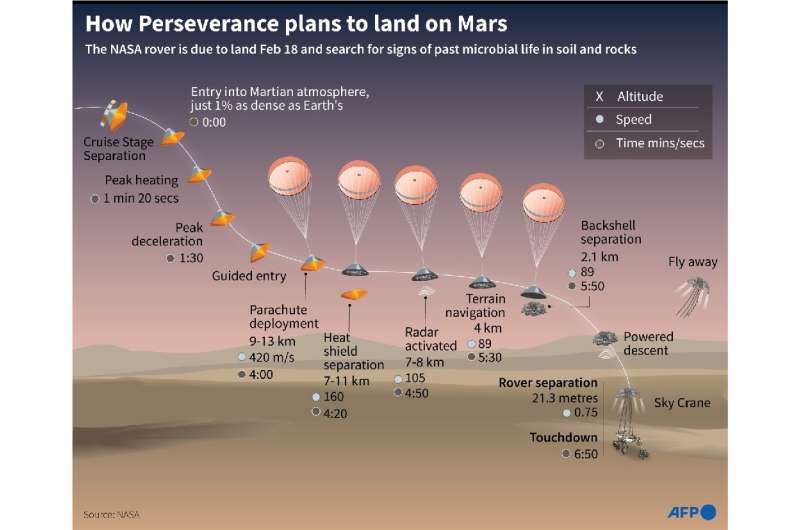
Seven months after blast-off, NASA's Mars 2020 mission will have to negotiate its shortest and most intense phase on Thursday: the "seven minutes of terror" it takes to slam the brakes and land the Perseverance rover on a narrow target on the planet's surface.
Entry, Descent, and Landing (EDL) begins when the spacecraft carrying Perseverance strikes the Martian atmosphere at nearly 12,500 miles per hour (20,000 kilometers per hour).
It ends around seven minutes later with the rover at rest on the surface.
Touchdown on the Jezero Crater is scheduled for 3:55 pm US eastern time (2055 GMT). Weather conditions so far appear favorable in the Martian northern hemisphere spring, but nothing is taken for granted.
"This is one of the most difficult maneuvers that we do in this business, and almost 50 percent of the spacecraft that had been sent to the surface of Mars have failed," Matt Wallace, the mission's deputy project manager said.
NASA rover lands on Mars to look for signs of ancient life
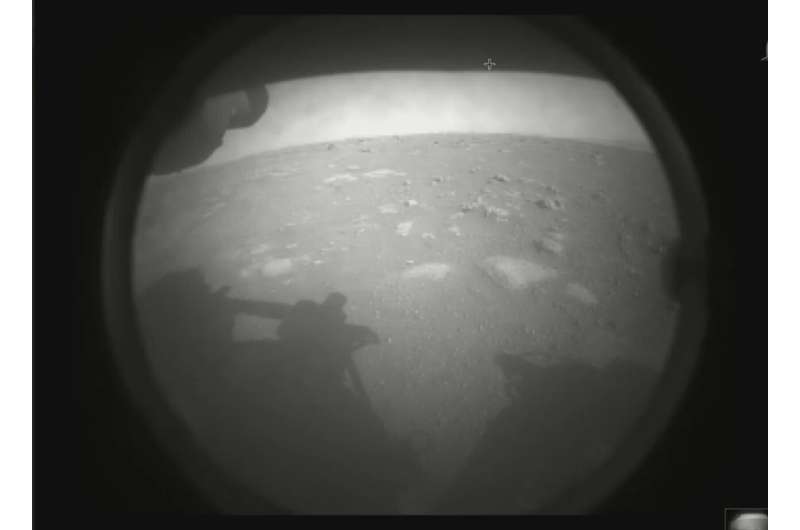
A NASA rover streaked through the orange Martian sky and landed on the planet Thursday, accomplishing the riskiest step yet in an epic quest to bring back rocks that could answer whether life ever existed on Mars.
Ground controllers at the space agency's Jet Propulsion Laboratory in Pasadena, California, jumped to their feet, thrust their arms in the air and cheered in both triumph and relief on receiving confirmation that the six-wheeled Perseverance had touched down on the red planet, long a deathtrap for incoming spacecraft.
NASA confirms Perseverance rover has landed on Mars
 NASA said Thursday that the Perseverance rover has touched down on the surface of Mars after successfully overcoming a risky landing phase known as the "seven minutes of terror."
"Touchdown confirmed," said operations lead Swati Mohan at around 3:55 pm Eastern Time (2055 GMT) as mission control at NASA's Jet Propulsion Laboratory headquarters erupted in cheers.
The autonomously-guided pr
NASA said Thursday that the Perseverance rover has touched down on the surface of Mars after successfully overcoming a risky landing phase known as the "seven minutes of terror."
"Touchdown confirmed," said operations lead Swati Mohan at around 3:55 pm Eastern Time (2055 GMT) as mission control at NASA's Jet Propulsion Laboratory headquarters erupted in cheers.
The autonomously-guided pr NASA rover streaks toward a landing on Mars
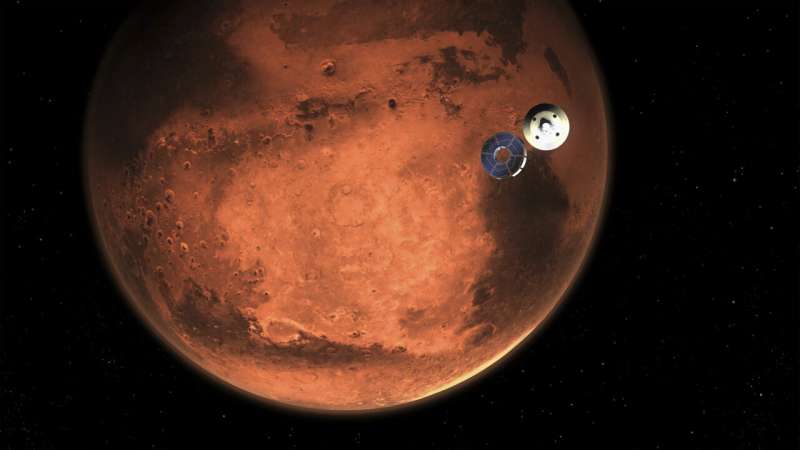
A NASA rover streaked toward a landing on Mars on Thursday in the riskiest step yet in an epic quest to bring back rocks that could answer whether life ever existed on the red planet.
Ground controllers at the space agency's Jet Propulsion Laboratory in Pasadena, California, settled in nervously for the descent of Perseverance to the surface of Mars, long a deathtrap for incoming spacecraft. It takes a nail-biting 11 1/2 minutes for a signal that would confirm success to reach Earth.
The landing of the six-wheeled vehicle would mark the third visit to Mars in just over a week. Two spacecraft from the United Arab Emirates and China swung into orbit around the planet on successive days last week.
Juno just saw a spacerock crash into Jupiter
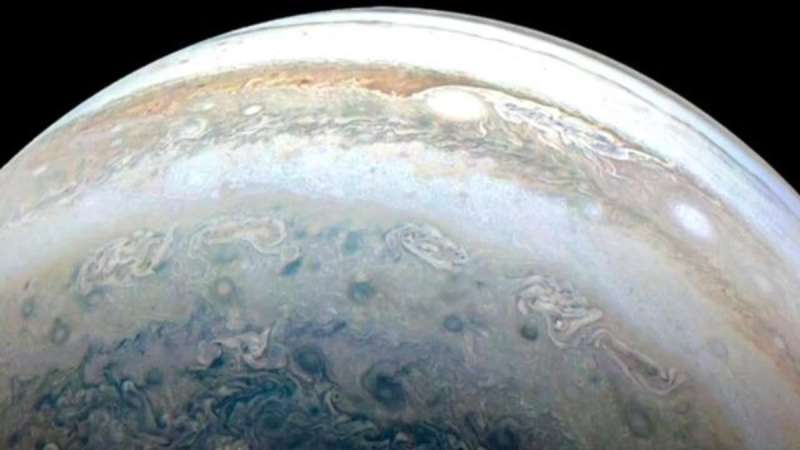
Timing is extraordinarily important in many aspects of astronomy. If an astronomer or their instrument is looking the wrong way at the wrong time, they could miss something spectacular. Alternatively, there are moments when our instruments capture something unexpected in regions of space that we were searching for something else. That is exactly what happened recently when a team of scientists, led by Rohini Giles at the Southwest Research Institute, saw an image of what is likely a meteor impacting Jupiter's atmosphere.
The team collects data from the UVS, one of the instruments on Juno, NASA's mission tasked with studying the largest solar system planet up close. UVS is Juno's ultraviolet spectrograph, which collects data in the ultraviolet spectra from 68-210 nm. Its primary mission is to study Jupiter's atmosphere and watch for its breathtaking auroras.
Recently, when reviewing a batch of images that came in from the sensor, one of Dr. Giles' colleagues noticed a huge spike in brightness in an area outside of the normal auroral zone. As with much other science, this discovery started with someone finding interesting data when they didn't expect to see it.
The search for life beyond Earth
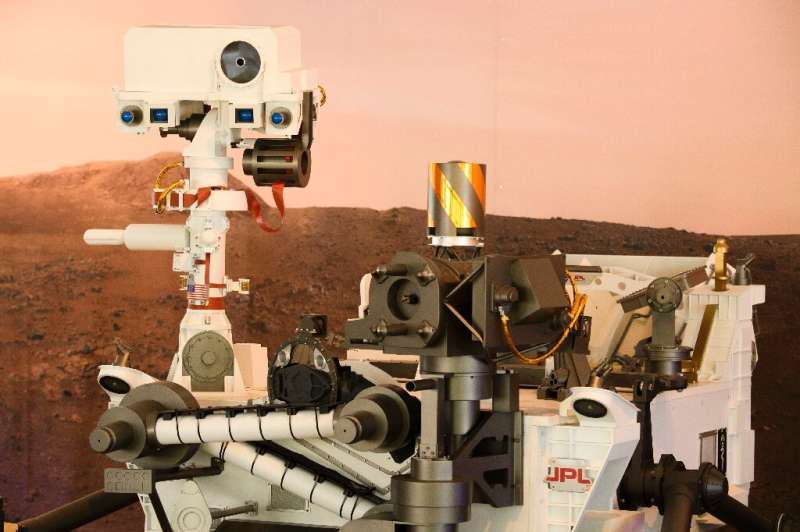
Mars may now be considered a barren, icy desert but did Earth's nearest neighbour once harbour life?
It is a question that has preoccupied scientists for centuries and fired up sci-fi imaginings.
After seven months in space, NASA's Perseverance rover is due to land on Mars on Thursday, in search of clues.
Why Mars?
Other planets or moons, could also harbour forms of life, so why pick Mars?
NASA says Mars is not just one of the more accessible places in the solar system and a potential future destination for humans, but exploring the planet could also help to answer "origin and evolution of life questions".
"Mars is unique across the entire solar system in that it is a terrestrial planet with an atmosphere and climate, its geology is known to be very diverse and complex (like Earth), and it appears that the climate of Mars has changed over its history (like Earth)," it adds on its Mars programme website.
An interactive map to explore Jezero crater

Explore the landing site of NASA’s Perseverance rover and travel to scenic panoramas with this new interactive tool based on ESA Mars Express and NASA Mars Reconnaissance Orbiter data. View on your mobile phone, and the rotation of the scene will follow the movements of your device!


